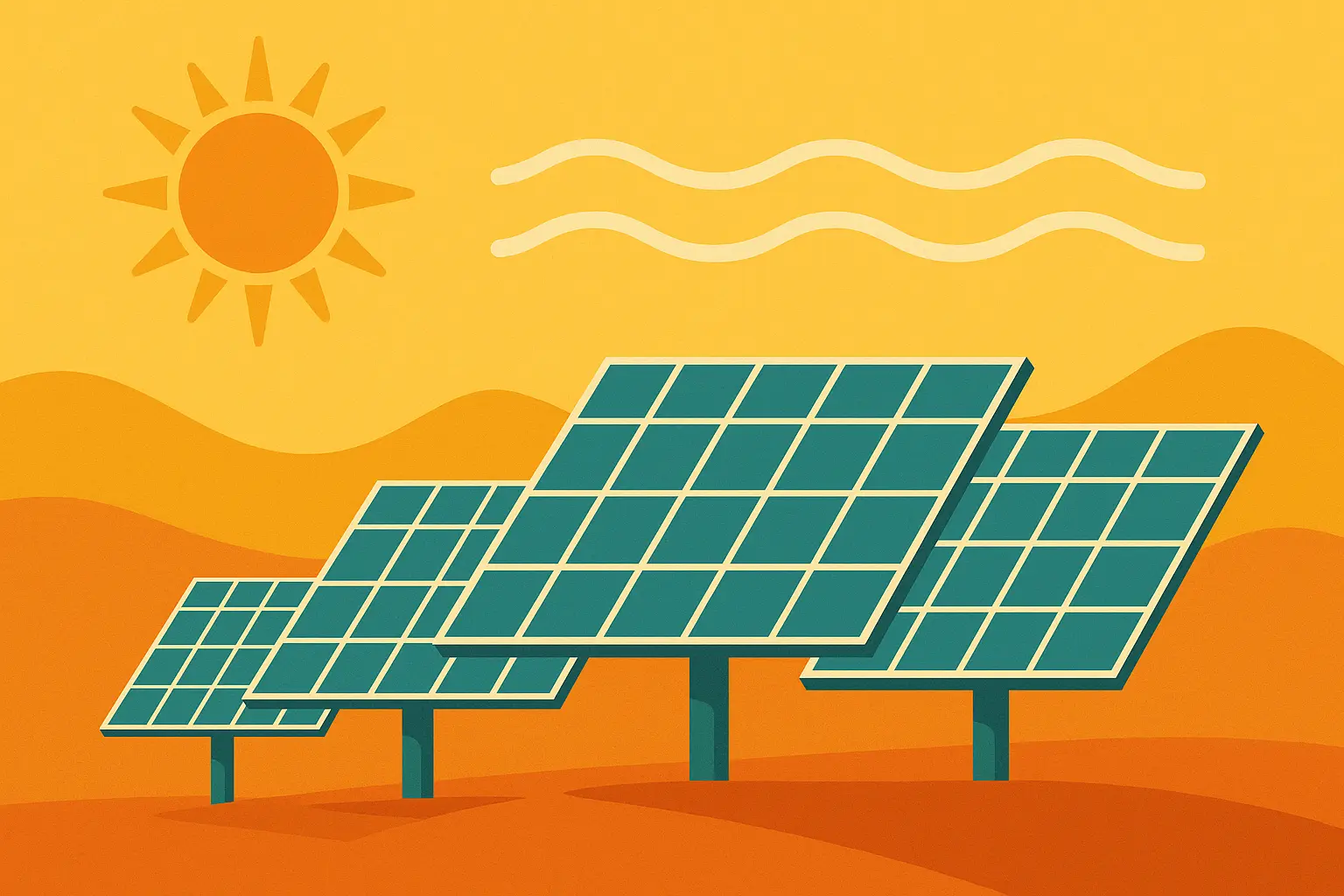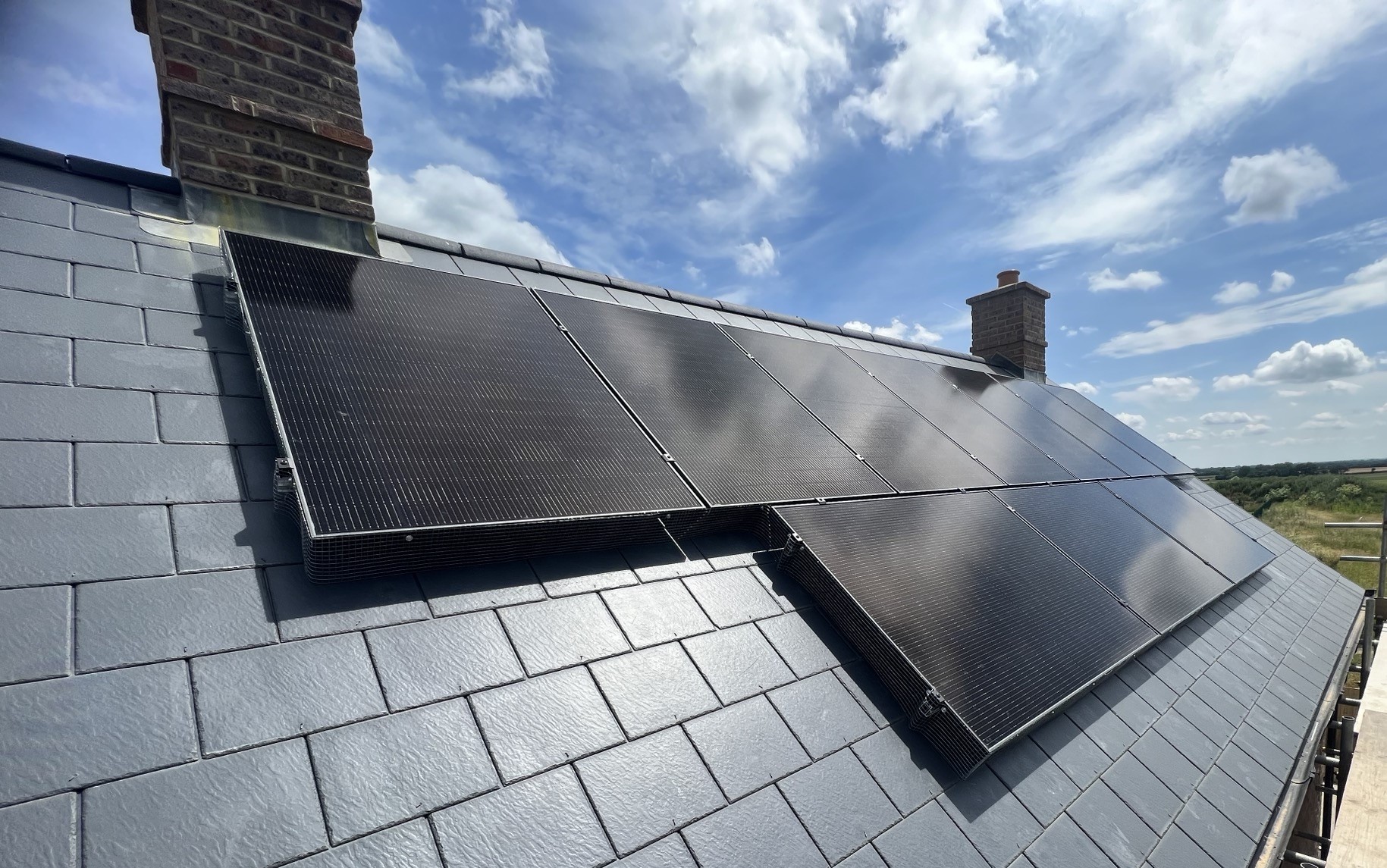A combination of factors is making it look likely that the UK could be facing a low electricity demand this summer. NESO is predicting that the demand levels could be as low at times as it was during the pandemic in the summer of 2020.
The National Grid Electricity System Operator (NESO) periodically publishes the demand outlook for the UK. They have recently published the summer 2025 outlook which predicts that demand may fall below 13.4GW, which mirrors the previous low set in June 2020.
Demand during the summer period of April to October will vary with peak demand forecasted to be 29.7GW to lows of 13.4GW at some points. Balancing the demand and operating at low levels is something that NESO will need to carefully manage to ensure there is a minimum continual flow of electricity to balance the grid.
What is making the demand low?
One of the factors that is contributing to the low demand is the increase in solar PV generation in the UK. This year so far there has been a record high in March and April with generation reaching 12.68GW. This amount of electricity is more than the total import capacity from the Europe interconnectors.
During the sunny months of the year, solar energy is generating more of the energy that the country needs. Some of this solar energy is from large projects that produce energy for the grid and others are individual properties that have solar panels installed on their roofs and are generating the energy to use for themselves, therefore reducing their demand on the grid. The growth of solar panels on domestic and commercial buildings is now so great that is starting to create an impact on the summer demand.
With weeks of pleasant weather already being experienced in the UK so far this year, many solar panel owners are already reaping the rewards of their solar panels with free electricity. Those who have combined their solar panels with battery storage are benefiting from most of the electricity they generate and are making significant energy savings.
What is NESO and the government doing to manage the grid?
NESO have put in place advanced operational tools to ensure grid stability which include the Negative Reserve Active Power Margin (NRAPM), and they are confident they can manage these conditions balancing lower demand and increased renewable energy generation.
NESO has also been urging the government to review the way that energy projects are prioritised for grid connection and the cutting of red tape. It was recently announced by Ofgem that these reforms were given the go-ahead. This means that major reforms will take place to help improve the connection of projects that will support and prioritise clean energy to aid net zero and grid flexibility. This could result in £40 billion annual investment opportunities in clean energy and infrastructure being unlocked.
These steps are being taken to improve the UK grid and to increase the country’s energy independence as well as achieve net zero ambitions. Many households and businesses are also following suit in generating their own energy using solar panels, if you are interested in generating your own energy and installing solar panels on your roof, contact one of our friendly team using our live chat below to learn more about it.





